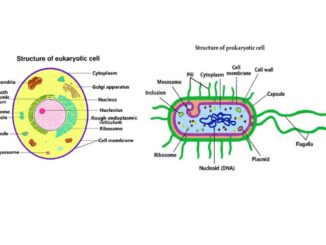
Cell membrane of prokaryotic cell and eukaryotic cell
Introduction All organisms are made up of tiny billions of cells that cannot be seen with the naked eye. In 1665 scientist Robert Hooke first […]

Introduction All organisms are made up of tiny billions of cells that cannot be seen with the naked eye. In 1665 scientist Robert Hooke first […]
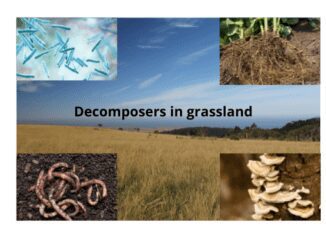
Introduction Decomposers in grassland refer to the microorganisms of the grassland region that decomposed the animal’s and plant’s bodies. Grassland is an area where different […]
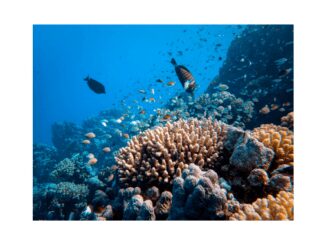
Introduction Everything which surrounds us may be referred to as the environment. Habitat is the natural home or environment of a plant, animal, or another […]
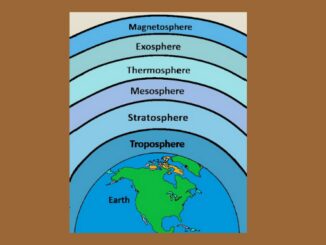
Introduction Earth is the only planet in the solar system that has a life, this is because of the earth’s unique atmosphere. The evolution of […]

Introduction Food is an essential element for human survival it provides energy to the body, builds tissues, and helps to maintain life. A person can […]
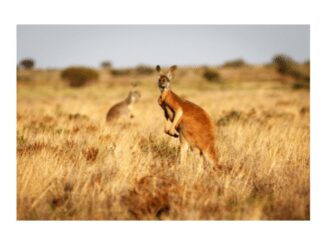
Introduction An ecosystem is a functional unit of the environment. Here living organisms interact among themselves and also with their surrounding physical environment. Grassland is […]
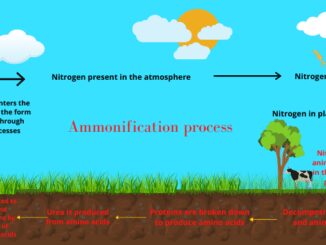
Introduction The biogeochemical cycle is an important cycle in the biological world. As the name suggests biogeochemical cycles cannot be completed without living beings hence […]
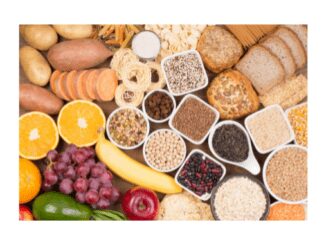
Introduction Food serves as the primary source of nutrition for both animals and the human body. When consumed in solid, semi-solid, or liquid forms, it […]
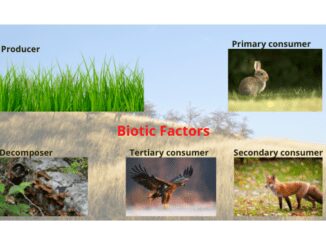
Introduction Grassland biotic factors are the living component of this region, it is called grassland because it is covered by grass. About 20% of the […]
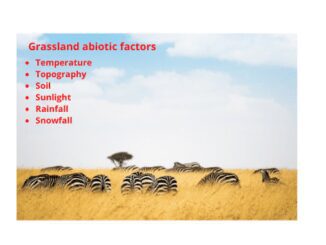
Introduction Grassland abiotic factors refer to the various Physical or non-living components of the grassland. It is an area where grass predominates in vegetation. The […]
Copyright © 2025 | WordPress Theme by MH Themes